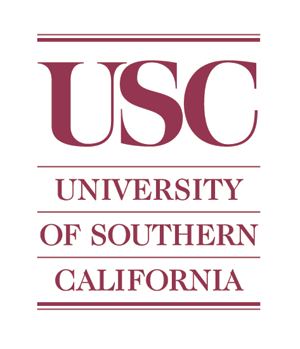 Last week, in a dramatic announcement that reverberated around the world of academia, the University of Southern California announced it hired two of the preeminent neuroscientists in the world, stealing them away from crosstown rival UCLA.
Last week, in a dramatic announcement that reverberated around the world of academia, the University of Southern California announced it hired two of the preeminent neuroscientists in the world, stealing them away from crosstown rival UCLA.
While salary was certainly part of the deal, what convinced Arthur Toga and Paul Thompson to decamp from the University of California Los Angeles after two decades was a combination of bigger and better facilities, a commitment to building a world class program, and considerations of culture and lifestyle.
After being rebuffed for years, how USC finally managed to snag the men and their Laboratory of Neuro Imaging is a case study in recruiting professionals who are among the top in the world in their field. In this case, there’s no indication that either internal recruiters or professional search firms were involved. Still, the methods the school used, and the issues that helped convince the men to make a move, are ingredients of every placement.
Poaching Toga and Thompson and practically the entire staff of their laboratory came down to things as hard to predict as a senior school official greeting janitors and doctors alike, and as hard to control as a commute.
In an anatomy of the recruiting effort, The Los Angeles Times described an effort that began three years ago with offers of money and facilities. Then, UCLA responded by expanding the lab and giving the men more resources. This time, when USC heard they were being courted by the University of Pennsylvania, an all out recruiting effort was launched that extended from faculty friends of the two who tipped off the university Penn’s interest all the up to the top USC executives.
The Times reports that a turning point came at a dinner in February when USC Provost Elizabeth Garrett and Executive Vice Provost Michael Quick talked with Toga, not about the lab, or a possible offer, but about his life and the things that excite him. Toga told The Times that driving home from that dinner, “I knew I really wanted to work for these people.”
Thompson, his partner in the lab, was touched when, during one of the campus tours, Dr. Carmen Puliafito, dean of the USC medical school and a future boss, greeted doctors and janitors alike, convincing him it was genuine by mentioning personal details.
Salary wasn’t decisive. Toga was being paid $1 million a year at UCLA; Thompson earned $421,000. What convinced them was USC’s commitment to building a world class program, the facilities, and those other, “softer” considerations, including, for Toga, proximity to family and commute time, and for Thompson, Southern California’s climate and the imposition a move to Pennsylvania would have made on his family and lab staff. The USC culture, too, was important, especially the faster decision-making a private school offers over the state run UCLA.
By the time the details were finally resolved, Toga and Thompson were clearly so convinced they didn’t give UCLA an opportunity to counter. Toga told The Times he didn’t want “to play games.”